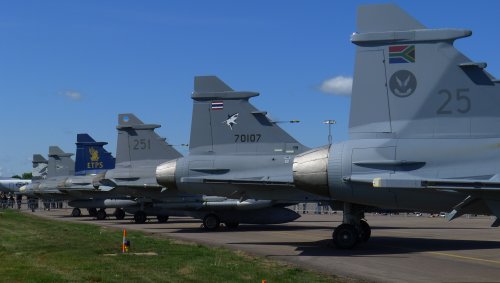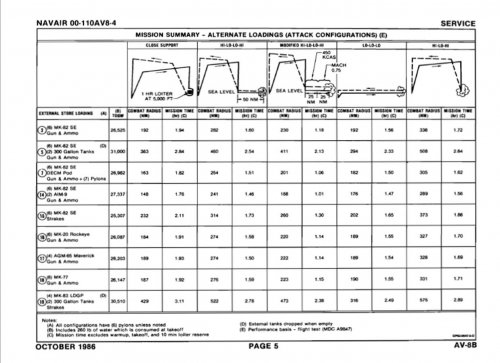LowObservable said:
Kidding aside, the F-35A has the potential to be a useful stealth strike aircraft.
In five years "stealthy" is not necessarily going to mean "survivable" anymore, unless you're a B-2.
This is the problem of the current situation. We bomb the snot out of nations with laughable air defense networks (and this includes Iraq in 1991, despite what the media was going on about like abject fools) and pretty much own the airspace over their territory within days or hours. Then you have Russia and China demonstrating a degree of understanding of LO technology with the PAK-FA and the J-20. The real lesson of those two platforms isn't that they can make some sort of Raptor equivalent or whatever. It's that they have an understanding of signature reduction. Guess what: that works backwards. If you can build an LO platform, you can work out how to find one more effectively. The Nebo-M and a host of other Chinese or Russian digital VHF-band radars are designed to do precisely that, and have matured to the point that they have resolution cells that were unheard of 15 or 20 years ago. With your own LO technology base to play with, you can make even more effective sensors. It's not a suprise that Syria began importing Chinese radars and Russian SAMs while we were going around bombing their neighbors: they saw the writing on the wall, reliance on ancient technology makes your stuff dead. With China and Russia the primary exporters of toys to regimes that fall under the threat identifier, their development of LO and counter LO technology is very significant.
If you subscribe to the idea that Russia and the PRC are some sort of actual military threat (politically, not technologically), relying on fighter-size LO platforms like the JSF is not necessarily going to do you a hell of a lot of good. Then you're admitting that the JSF is designed specifically for small conflicts facing Soviet-legacy IADS like those in Syria, Iran, or the DPRK. And now we come to the real issue: on no planet will a limited regional conflict with one (or even all three concurrently) of those smaller states require thousands of JSFs. Hell, the extant Raptor fleet would be enough to take down their networks, probably even all at once when you factor in the obligatory supporting TLAM salvoes.
The JSF might work great at the end of the day. It might be everything that it's purported to be. It'll still be a colossal waste of money given that it will not represent a survivable platform over anyone operating a truly modern IADS backed by the latest digital VHF-band radars. Neither will the F-22, neither will the mythical 6th Generation fighter. At this point, you have to ask why. Granted, many of the significant sensor developments took place well after initiation of the F-22 or JSF programs. This does not mean that driving an F-35 over Moscow is in any way a bright idea. Nor does it mean that if we continue the status quo regarding weapons distribution around the globe, the bad guys are going to remain stupid.


